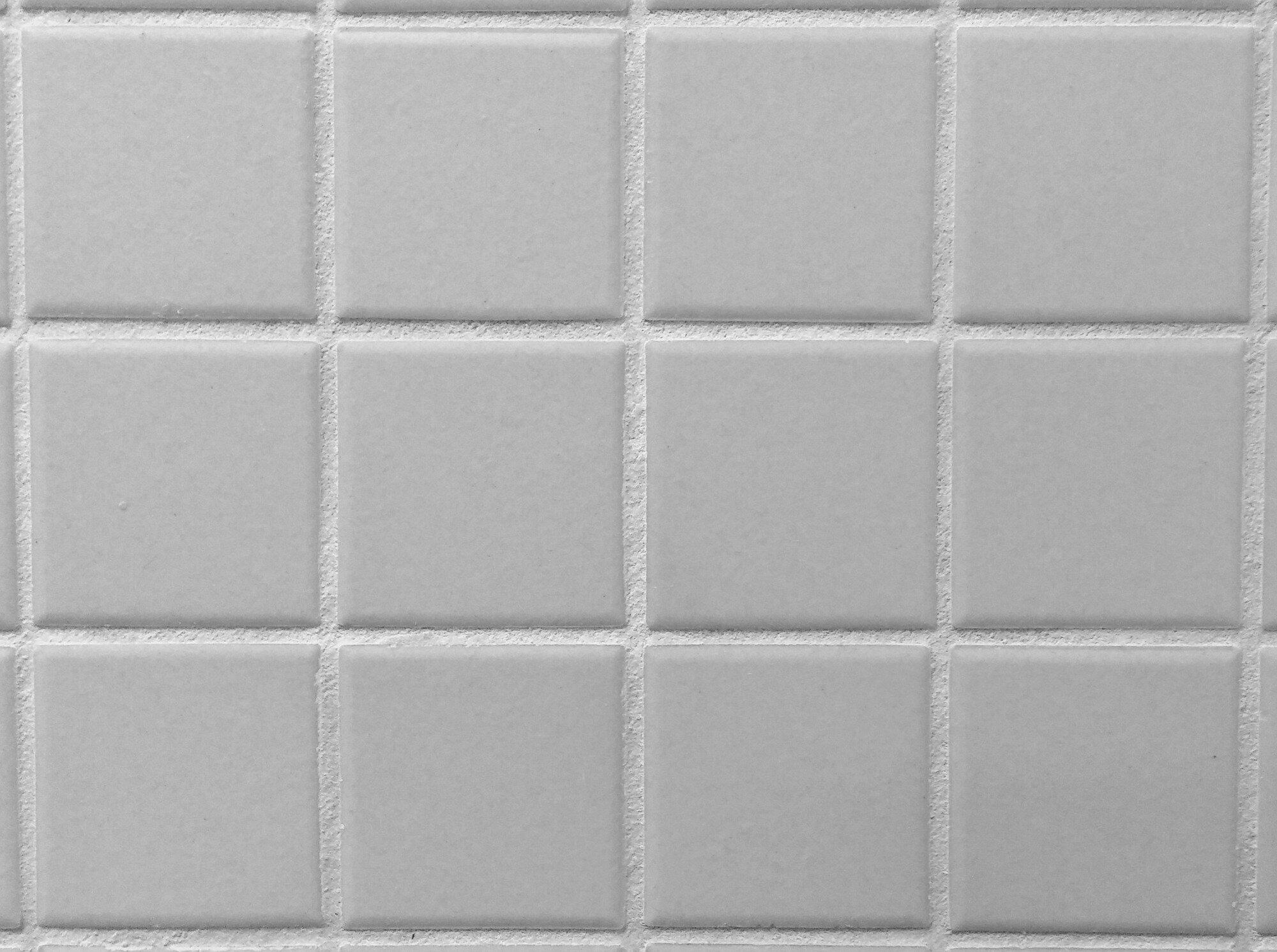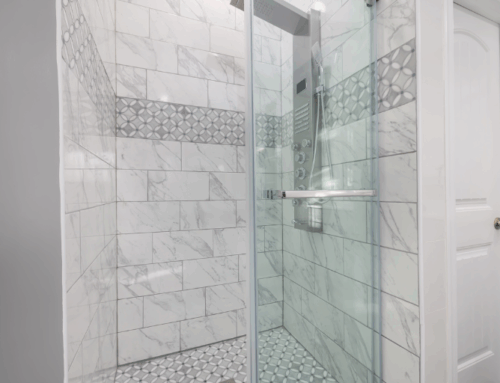Taking a shower is an essential part of your daily routine. If your shower has started to look more tired than you are in the morning, it may be time for a refresh.
The grout in your tile shower has a huge impact on the overall look and feel of your bathroom. Learn more about how to find the best grout for your shower.
Types of Grout for Showers
The main grout types are sanded, unsanded, acrylic, and epoxy. They can all be bathroom grout options.
Sanded
Sanded and unsanded grouts are cementitious. Their primary ingredient is cement. They need a sealant to protect against moisture.
Sanded grout has large grains of sand, which improve bonding and reduce cracks. Sanded grout works best in seams that are at least 1/8 inch. The sand particles can take up too much space and weaken the bond.
Sanded grout has very little shrinkage. It’s a good choice for grout durability, and it’s also an economical option.
Unsanded
Unsanded grout contains very small mineral particles. The texture is smoother than sanded grout. Unsanded grout works best in narrow seams up to 1/8-inch.
Unsanded grout cracks more easily than sanded. It shrinks as it dries.
Shower grout installation is easier with unsanded grout than sanded. Unsanded works well for walls and other vertical surfaces.
Acrylic
Acrylic grout is unsanded grout mixed with latex and an acrylic additive. Acrylic grout is gentler on the tile, making it a good choice for delicate materials like ceramic or marble. It’s flexible and works well in narrow spaces.
You can use acrylic grout almost anywhere you would use epoxy.
Epoxy
Epoxy grout is made from resins, silica fillers, pigments, and hardener. It’s extremely durable. It resists stains, mildew, water damage, and harsh cleaners.
Epoxy grout doesn’t need a sealer. It’s waterproof, which is ideal for a bathroom environment. It can fill seams larger than 1/8 inch.
Epoxy can be more difficult to work with because it dries very quickly.
Color Options for Grout
Grout comes in a range of colors beyond the typical white. The color you choose can make the grout disappear into the background or create a visual statement.
Matching Colors
Matching grout makes the space feel larger. White grout with light-colored tiles has a seamless, clean look.
If you have a multi-colored tile design, choose the most prominent color. The grout will blend with the edges of the tile to unify the pattern.
Complementing Color
Complementary colors are on opposite sides of the color wheel. They create a dynamic visual effect. You can make your bathroom a unique and energetic space with combinations like orange and blue or yellow and purple.
Contrasting Color
Choosing a contrasting grout color lets you highlight distinctive patterns or non-linear spaces. You could consider combinations like dark blue tile with ivory grout or white tile with dark grey grout.
Find the Best Grout for a Shower
The best grout for your shower depends on several factors. The type of tile you’re using, the size of the seams, and your color scheme are some considerations.
You can rely on The Groutsmith for all your grout projects in Boise. Our services include cleaning, repairs, and even changing the color.
Schedule a free demo from The Groutsmith today to learn how we can transform your bathroom.





